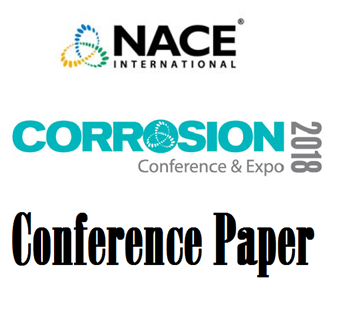Search
09082 High Strength Modified Martensitic Stainless Steel Production Tubing for Sour Wells
Also Purchased
51318-11257-Sulfide Stress Cracking of Super 13Cr Martensitic Stainless Steel – Localized Corrosion and Hydrogen
Product Number:
51318-11257-SG
Publication Date:
2018
$20.00
51315-5758-Super Martensitic Stainless Steel and Sour Service—Testing and Evaluations
Product Number:
51315-5758-SG
ISBN:
5758 2015 CP
Publication Date:
2015
$20.00
09083 Application Limits for 110ksi Strength Grade Super 13Cr Steel in CO2 Environments Containing Small Amounts of H2S
Product Number:
51300-09083-SG
ISBN:
09083 2009 CP
Publication Date:
2009
$20.00




